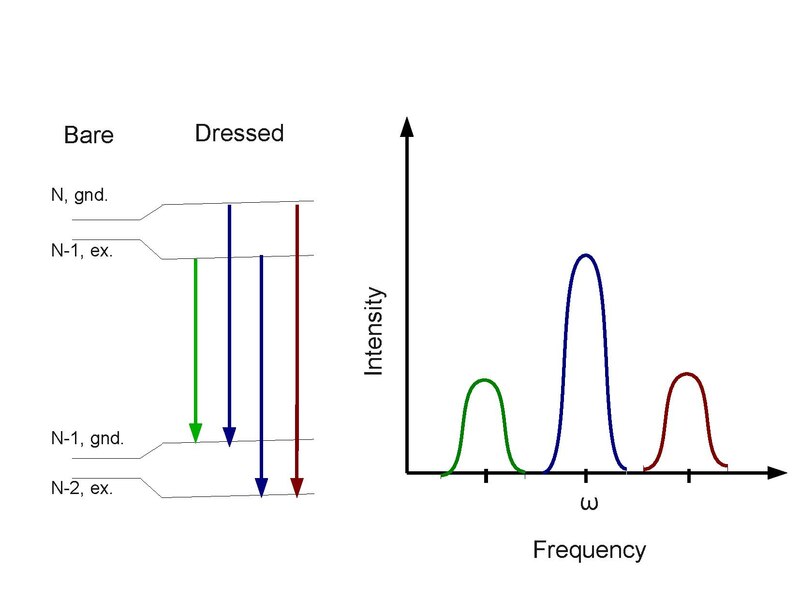Sodium hydride is the chemical compound with the empirical formula NaH. This alkali metal hydride is primarily used as a strong, yet combustible base in organic synthesis. NaH is representative of the saline hydrides, meaning it is a salt-like hydride, composed of Na+ and H− ions, in contrast to the more molecular hydrides such as borane, methane, ammonia and water. I
I am 99.44% sure we are dealing with polaritons here.
A light output coming from the QX that is driven by ionization of various elements would have a constant color output based on the electron excitation profile of each element. For example sodium is yellow and iodine is red.
But there have been reports from many eye witnesses that the color of the light coming from the QX can charge in color. There have been reports of three colors having been seen: Red, yellow/orange, and blue.
Therefore, the QX has an adjustable color output profile based on the adjustments made to the input RF excitations and is a function of its percentage of power output. This indicates that the ionic excitation mechanism is not where most of the light comes from in the QX.
Polaritons produce variable color output when excited
see
https://www.nanowerk.com/nanoplasmonics.php
The spectrum of the light produced by polaritons have a double side line on ether size of the peak. This is the harkmark of laser light. Rossi cpm[;aoms about reflections making spectroscopic inspection and evaluation difficult might be due to these side peaks.
The light produced by the QX may comes from a side emission channel of a polariton Bose condensate. The light generated by the quark is not blackbody.
New research into polariton condensates has revealed a side emission channel that produces light whose frequency is proportional to the density of the polariton aggregation in the polariton Bose condensate...the dense polariton condinsate produces a higher frequency light (blue) and a less dense condinsate will produce red light. Rossi must have a way to control the density of the polariton population; probably from the RF input signal adjustment. The color of the light can be adjusted by the varying the pumping level of the polaritons so that any color can be produced based on the power output level of the QX.
In summary, the color of the light generated by the condinsate is controlled by the level of "pumping" that determings the density of the polariton condinsate.
See
https://phys.org/news/2016-06-…einstein-condensates.html
for details see
https://www.nature.com/articles/srep25655
Quote
"While our measured PL spectra consist of the main peak and the high-energy one, this theory predicts the asymmetric triplet peaks. Our observation has a potential to demonstrate a strong coupling of an electron and a hole under a lasing phase and further leads to deepen non-equilibrium and dissipative many-body physics."
I say that the light comes from polaritons. This polariton origin of the light can be verified because the light is coherent and will show the Mollow triplet in its spectral lines. Polaritons produce laser light and any atom that is irradiated using laser light will show a Mollow triplet.

